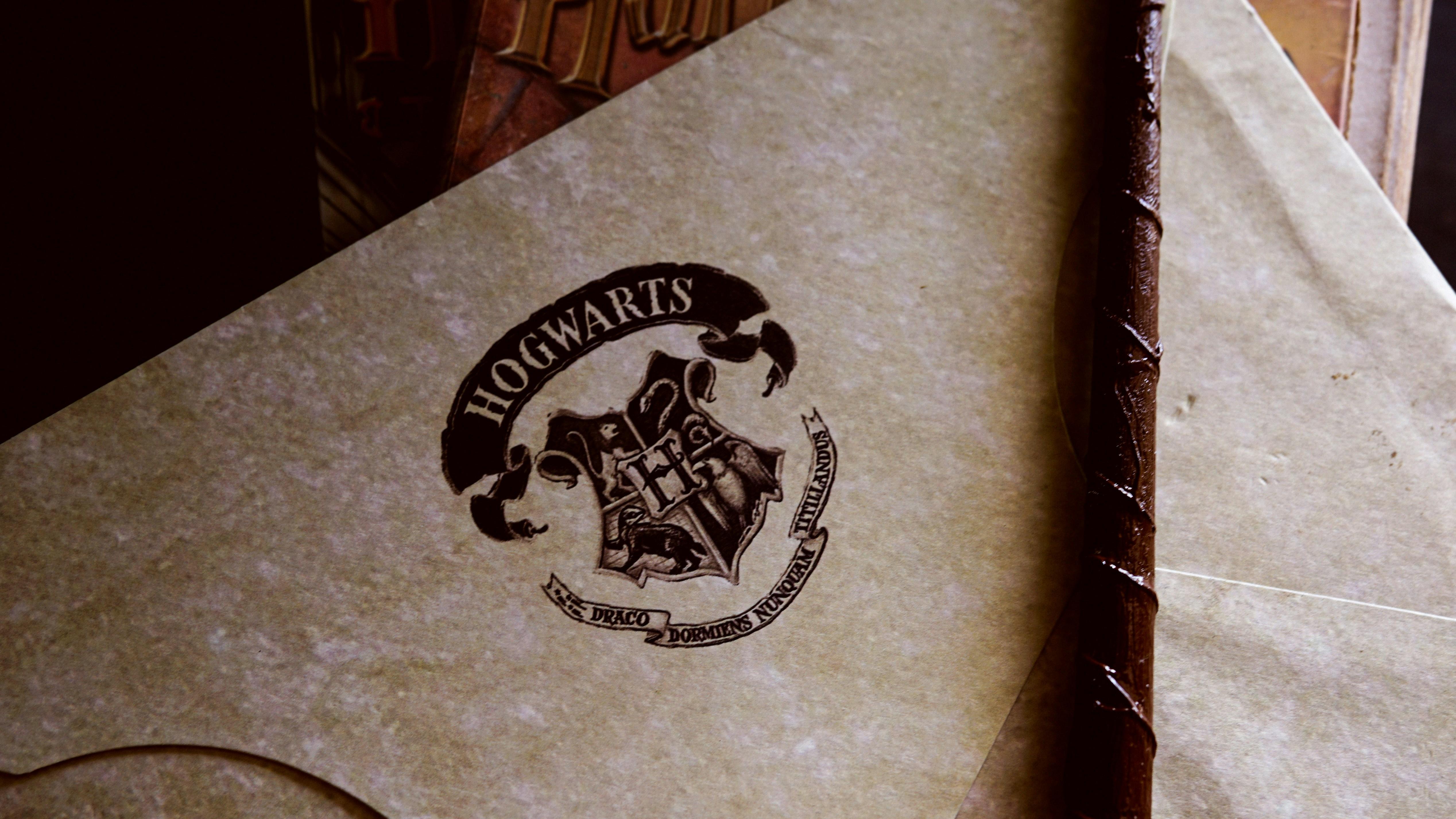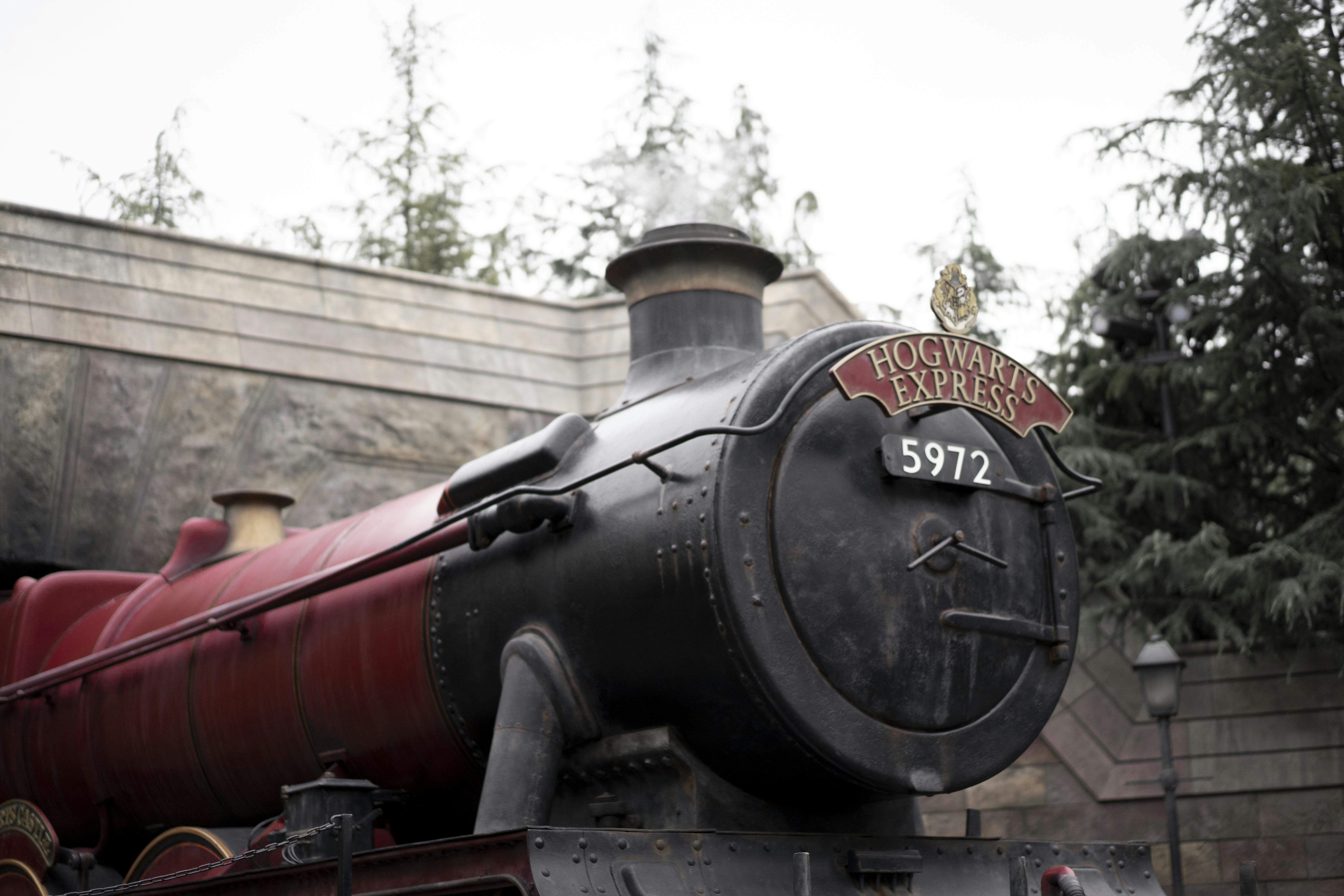The global phenomenon of Harry Potter, a series that has captivated millions of readers and moviegoers around the world, is often synonymous with the name J.K. Rowling. As the creator of the magical universe filled with wizards, mythical creatures, and timeless tales of friendship and bravery, Rowling’s influence is undeniably significant. However, the success of Harry Potter extends beyond the pages of her books, encompassing a vast multimedia franchise that includes blockbuster films, theme parks, merchandise, and a dedicated fanbase. This raises a pertinent question: how much of this success can be attributed solely to J.K. Rowling’s original vision, and to what extent have other contributors played a role? In this article, we will delve into the multifaceted nature of the Harry Potter franchise’s success, examining the contributions of various stakeholders, from publishers and filmmakers to marketers and fans, while assessing the extent of Rowling’s credit in the creation and sustained popularity of this cultural juggernaut.
Role of Creative Vision in Shaping the Harry Potter Universe
J.K. Rowling’s creative vision has been pivotal in crafting the intricate tapestry of the Harry Potter universe. Her ability to blend elements of fantasy with universal themes of friendship, courage, and the battle between good and evil has resonated with audiences worldwide. The success of the series can be attributed to several key aspects of her vision:
- World-Building: Rowling’s meticulous attention to detail in creating a magical world that feels both expansive and immersive is unmatched. From the bustling streets of Diagon Alley to the hallowed halls of Hogwarts, every location is rich with lore and history.
- Character Development: The depth and complexity of characters like Harry, Hermione, and Snape have allowed readers to form deep emotional connections. These well-rounded characters drive the narrative and keep audiences invested over the course of the series.
- Mythical Integration: Rowling seamlessly weaves traditional mythological elements with her own inventions, creating a unique magical system that feels familiar yet original. This blend enhances the believability and allure of the wizarding world.
While the movies, theme parks, and merchandise have certainly amplified the franchise’s success, it is the creative vision of Rowling that laid the foundation for the Harry Potter phenomenon. Her narrative ingenuity and ability to capture the imagination of readers have ensured the series remains a beloved cornerstone of modern literature.

Influence of Marketing and Distribution Strategies on Harry Potters Popularity
The phenomenal success of the Harry Potter series cannot be attributed solely to the imaginative genius of J.K. Rowling. A well-executed marketing and distribution strategy played a pivotal role in catapulting the series to global stardom. Scholastic Corporation in the United States and Bloomsbury Publishing in the United Kingdom were instrumental in crafting strategies that created an aura of anticipation around each book release. From midnight book launch events to strategic placement in bookstores, these tactics transformed each new installment into a cultural event.
- Global Distribution Network: The books were translated into multiple languages, making them accessible to a diverse international audience.
- Media and Merchandise Tie-ins: The strategic partnerships for movie adaptations and merchandise extended the series’ reach beyond traditional book audiences.
- Fan Engagement: Interactive websites and forums allowed fans to immerse themselves in the wizarding world, creating a dedicated community.
These strategies were crucial in maintaining the series’ momentum and expanding its fanbase, highlighting the symbiotic relationship between creative content and effective marketing. While Rowling’s storytelling laid the foundation, the marketing and distribution efforts were the scaffolding that supported its rise to become a cultural phenomenon.

The Impact of Fan Engagement and Community Building on Sustaining Success
The Harry Potter phenomenon is not merely a testament to J.K. Rowling’s storytelling prowess but also to the vibrant fan engagement and community building that have significantly contributed to its enduring success. From online forums and fan fiction to themed conventions and social media discussions, the Harry Potter community has created a self-sustaining ecosystem that keeps the series alive in popular culture. This active participation not only cultivates a sense of belonging among fans but also continuously introduces new audiences to the wizarding world.
In examining the impact of these communities, several factors stand out:
- Interactive Platforms: Websites like MuggleNet and The Leaky Cauldron offer spaces for fans to discuss theories, share fan art, and connect over shared interests.
- Global Events: The popularity of Harry Potter-themed events, such as the Wizarding World of Harry Potter theme parks and the annual LeakyCon, highlights the communal aspect that keeps fans engaged beyond the books and movies.
- Fan-Generated Content: The proliferation of fan fiction and fan art extends the narrative universe, allowing readers to explore untold stories and alternative character arcs.
While J.K. Rowling laid the foundational narrative, it is the community’s ongoing interaction and creative contributions that have sustained the series’ relevance and appeal over decades.

Balancing Authorial Credit with Contributions from Adaptations and Collaborators
In the realm of literary success, the phenomenon of the Harry Potter series presents a compelling case study in balancing authorial credit with the myriad contributions from adaptations and collaborators. J.K. Rowling, as the original creator of the Harry Potter universe, undoubtedly deserves recognition for crafting a rich narrative that captivated millions. Her imaginative world-building and character development laid the groundwork for a franchise that has become a cultural touchstone. However, the immense success of Harry Potter cannot be attributed to her efforts alone. The translation of her books into blockbuster films, the expansion into theme parks, and the production of merchandise all involved a multitude of talented individuals whose contributions were instrumental in bringing the magic to life on a global scale.
- Screenwriters and directors transformed the written word into visual spectacles, adding layers of interpretation and creativity that enhanced the story.
- Actors breathed life into beloved characters, forging emotional connections with audiences worldwide.
- Producers and marketers orchestrated the business side, ensuring the stories reached as many people as possible.
- Fans and communities around the world have kept the spirit of the series alive, fostering a vibrant culture of engagement and interaction.
Thus, while Rowling’s vision was the genesis, the collaborative efforts across various media and platforms played a pivotal role in the sustained and expansive success of Harry Potter. The intricate tapestry of contributions underscores the importance of acknowledging the collective artistry involved in such a global phenomenon.
In Summary
the success of the Harry Potter series can be attributed to a confluence of factors, with J.K. Rowling’s creativity and storytelling prowess undeniably at its core. Her ability to craft a compelling narrative, create an immersive world, and develop characters that resonate with readers across generations has been instrumental in the series’ enduring popularity. However, it is equally important to acknowledge the roles played by the publishing industry, marketing strategies, and the broader cultural context in amplifying the reach and impact of the series. While Rowling’s contributions are substantial, the phenomenon that Harry Potter has become is a testament to the collaborative efforts of many. Ultimately, the series’ success is a reflection of both individual talent and collective enterprise, illustrating how a singular vision can be magnified by the synergy of various forces in the literary world.
